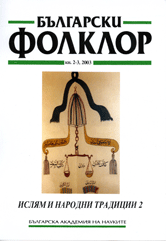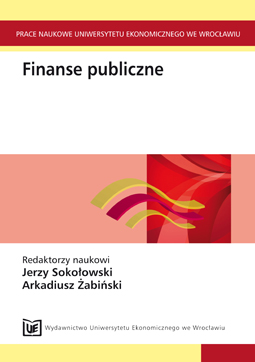
Religious Quest and National Identity in the Balkans
Religious Quest and National Identity in the Balkans
review of: Religious Quest and National Identity in the Balkans. Ed. by C. Hawkesworth, M. Heppell and H. Norris. London, Palgrave, in association with SSEES, University College, London, 2001. 242 pp.
More...
